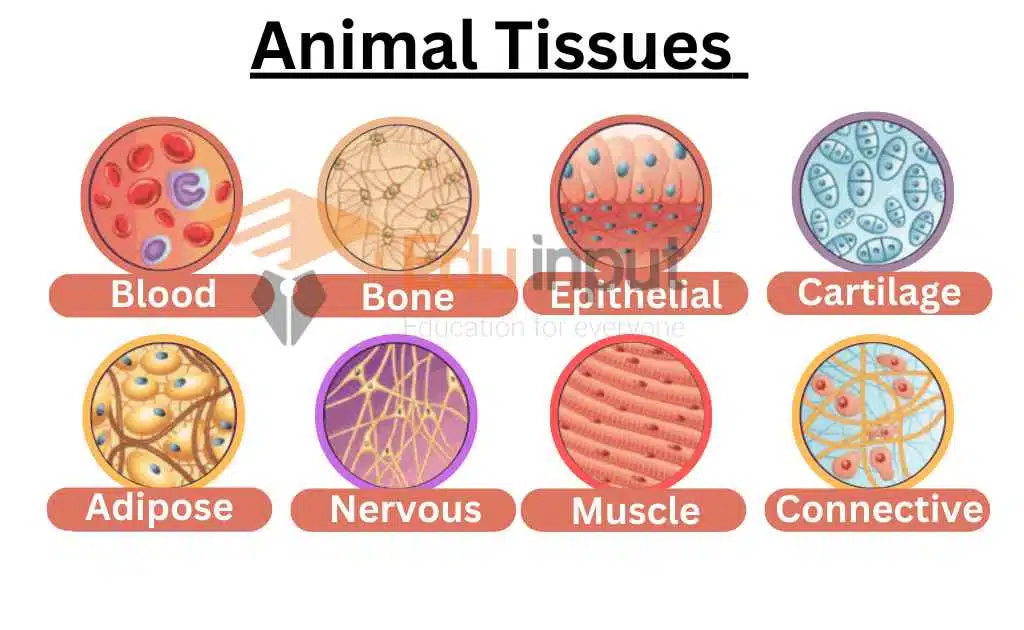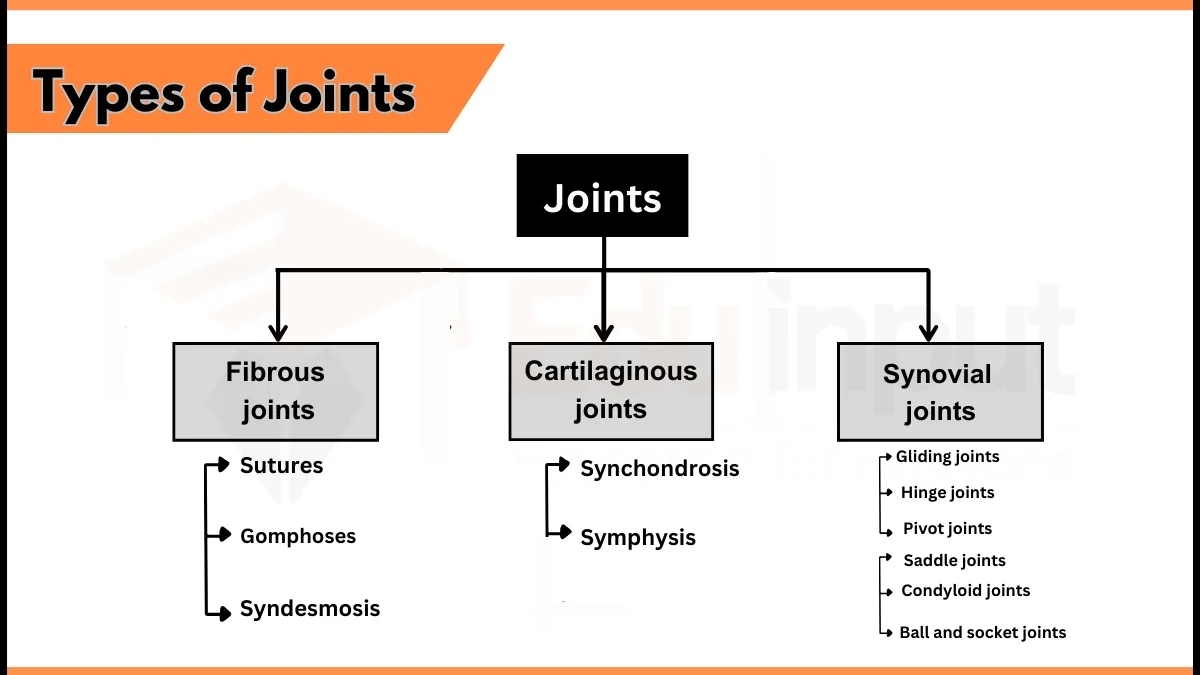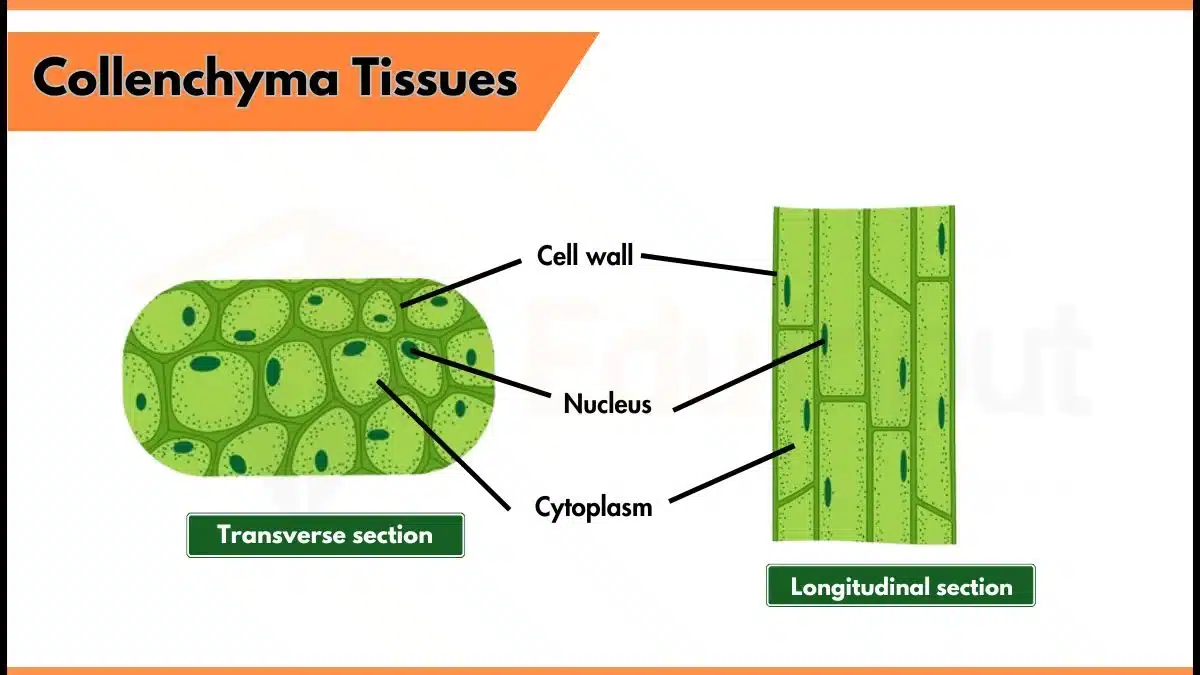What is Growth in Plants?-Process and Types of Growth
The quantitative increase in the plant body is called growth. Plant growth happens through cell division and expansion. The cells divide and multiply until the plant reaches its final size. This growth occurs over time, and it depends on the amount of light, water, nutrients, and temperature.
Process Of Growth In Plants
The following processes are involved in the growth and development of plants:
- Cell division
- Cell elongation
- Differentiation of cells into tissues and then organs.
Growth is an irreversible increase in size and development. It is a programmed series of stages from a simpler to a more complex form. As development proceeds, cellular differentiation of structure and function takes place.
The plants have a growth pattern called open growth. The plant adds new organs such as branches, leaves, and roots throughout its life. The plant enlarges its body from the tips of roots and shoots. But the rate of growth is not uniform throughout the plant body.
The growth is slow at the beginning. But gradually it becomes rapid and attains a maximum rate. Then gradually it slows down. The growth occurs through the activity of meristems in vascular plants. Meristems are young tissues or groups of cells that retain the potential to divide. The entire plant body is capable of growing in lower plants.
On the hand, the entire plant body is not capable of growing in higher plants. Their growth is limited to certain regions known as growing points. These growing points consist of groups of cells that are capable of division. These growing points are called meristem. These meristematic cells are located at the stem and root.
What is Meristem?
Meristem refers to the stem cells that give rise to new tissues. These stem cells are located at the tip of each leaf or shoot. They divide continuously throughout the life of the plant, giving rise to new leaves, flowers, fruits, roots, etc.
There are the following types of meristems:
Apical Meristems:
The meristems that are present at the tips of roots and shoots are called apical meristems. They are primarily involved in the elongation of the plant body.
Intercalary Meristems:
The meristem situated at the bases of internodes is called an intercalary meristem. These are the parts of the apical meristem.
Lateral Meristems:
The cylinders of dividing cells present in the vascular and cork tissue of the plants are called lateral meristems.
There are two types of lateral meristem:
Determinate:
Their growth is determined, they grow to a certain size and then stop. For example leaves, flowers, and fruits
Indeterminate:
Their growth is undetermined, they grow by meristems that continually replenish themselves during their remaining youthful age. For example, vegetative roots and stems.
Types of Growth
Growth is of two types:
Primary Growth:
In this growth, primary tissues are added by the apical meristem. It increases the length of the plant. Primary growth refers to the initial development of a plant from seed or cutting. This stage is also known as vegetative growth. Vegetative growth occurs during the first year after planting. The main purpose of this phase is to establish the root system and get the plant ready for its next growth cycle.
Vegetative growth is divided into two phases: Indeterminate growth and Determinate growth. In indeterminate growth, the stem grows indefinitely until it reaches a certain height before stopping. On the other hand, determinate growth stops at a specific height.
Secondary Growth:
In this growth, secondary tissues are added by the intercalary or vascular cambium. It increases the thickness of the plant. Secondary growth refers to the increase in size or thickness of stems, branches, roots, leaves, and other parts of trees and shrubs after they reach maturity. The amount of secondary growth varies depending on the species and environmental conditions.
Secondary growth is important because it helps plants survive harsh weather conditions and increases their disease resistance. In addition, it provides support for the tree or shrub and improves its ability to absorb nutrients from the soil.






Leave a Reply